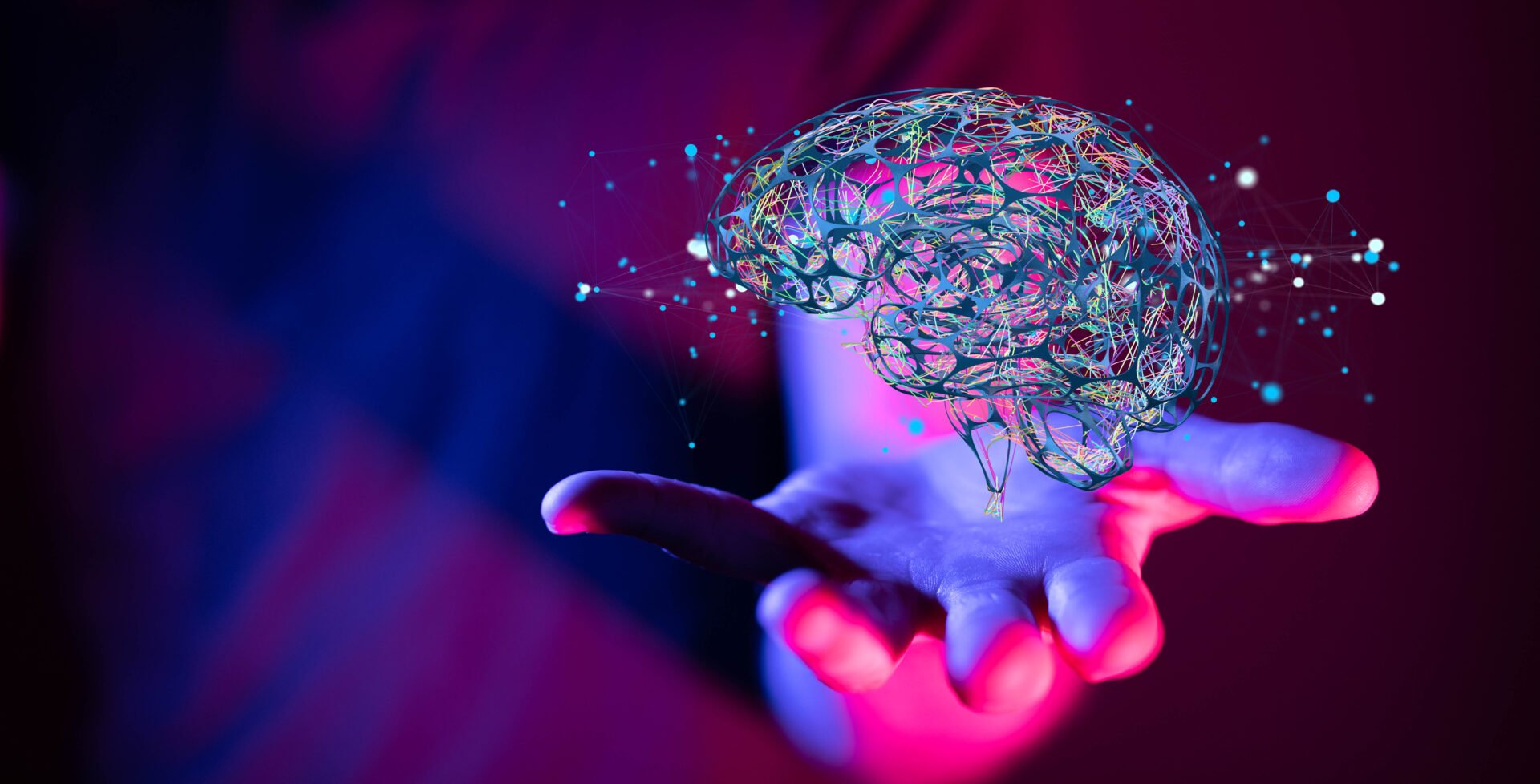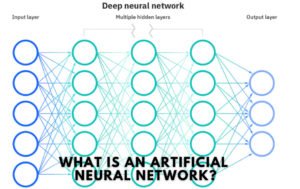What is an Artificial Neural Network?
Artificial neural networks are a type of machine learning algorithm, inspired by the way our brains work. The first ANN model was developed in the 1940s. However, it’s recent advances in computing power that have made ...

Artificial neural networks are a type of machine learning algorithm, inspired by the way our brains work. The first ANN model was developed in the 1940s. However, it’s recent advances in computing power that have made them more powerful than ever before. Deep learning is a subset of machine learning that uses multiple layers of artificial neural networks. It has made possible some of the most sophisticated AI services today, including speech recognition, image classification, and high-speed translation.
Artificial neural networks defined
Artificial neural networks (ANNs) are brain-inspired computer programs based on a collection of connected units or nodes called artificial neurons. ANNs simulate the way biological neural networks in the human brain compute information.
In a biological neural network, units are connected to each other through dendrites and axons, which transmit information about the environment around them through electrical signals. A similar structure is used in artificial neural networks, where the nodes are the artificial neurons connected to each other to form a network–one that can compute a lot of different tasks by transferring information from one node to another.
As we mentioned earlier, neural networks are not new. They have been used for many years but were previously too slow for practical use on large datasets. However, with the advent of graphics processing units, neural networks are now fast enough to be used on very large datasets. Today’s ANNs show impressive performance gains over traditional methods such as linear regression or support vector machines.
The ANN process explained
The process is actually pretty simple. Artificial neurons are connected to each other through connection weights (adjustable numerical values). An artificial neuron is a simple mathematical function that takes some number of inputs, adds them together, and applies some function to the result. Think of it as a brain made up of interconnected neurons that pass signals to one another. Like how the brain computes information from the world around it to make decisions, neural networks also learn from data by detecting patterns in their training set. They then generalise these patterns to detect similar patterns in new data. Through this methodology, artificial neural networks can be used for classification, regression, and forecasting.
The structure of an artificial neural network

A neural network is made up of interconnected neurons. Each neuron has an activation function— a mathematical function that determines the output of this neuron. This output is then passed on to other neurons connected to it. The connections between the neurons determine how much influence one neuron has over another and can be adjusted by changing their weights via training.
Neural networks containing multiple hidden layers between the input and output layers are known as deep neural networks. DNN’s have a complex architecture consisting of an input layer, one or more hidden layers, and an output layer. This means that deep neural networks use multiple layers of non-linear processing units for feature extraction.
Applications of artificial neural networks
Artificial neural networks can be used for many different applications, across multiple industries. Here are just a few examples where ANNs are being applied:
Image processing
Neural networks are key for finding patterns between images. These types of applications include image classification, image segmentation, and object detection.
Natural language processing (NLP) and speech recognition
In recent years, neural networks have been used to help computers understand natural language by recognising patterns in text or spoken words. This technology is being used in applications like Apple’s Siri and Google Now for Android.
Marketing
ANNs are used across the entire spectrum of marketing activities. Most commonly, they are used to predict consumer behavior, automate marketing efforts, create content, and forecast sales.
Healthcare
The deployment of artificial neural networks by healthcare organisations is steadily growing. For example, IBM’s Watson neural network provides healthcare analytics and insights for use in hospitals. Their technology takes healthcare data and transforms it into reliable actions.
Sports
ANN’s are commonly used for sports analysis and prediction. Human recognition software is established based on artificial neural networks to draw insights from performance.
Final Thoughts
Whether you know it or not, artificial neural networks are all around us. They’re driving recommendation engines, saving us from frustrating password requirements, and sifting through the thousands of emails in our inboxes to find the important ones buried underneath. As artificial neural networks become even more integrated into our daily lives, it’s time we become more acquainted with them. Business owners and thought leaders need to start integrating ANNs if they have any hope of future-proofing their assets.
Book an AI clinic to discuss how we can use artificial neural networks to help your organisation.
Check out our other articles:
- How to identify key intellectual property in machine learning projects
- Computer Vision vs Machine Vision
- The 3 stages of AI
Author: Johanna Walsh
Photo by Milad Fakurian



